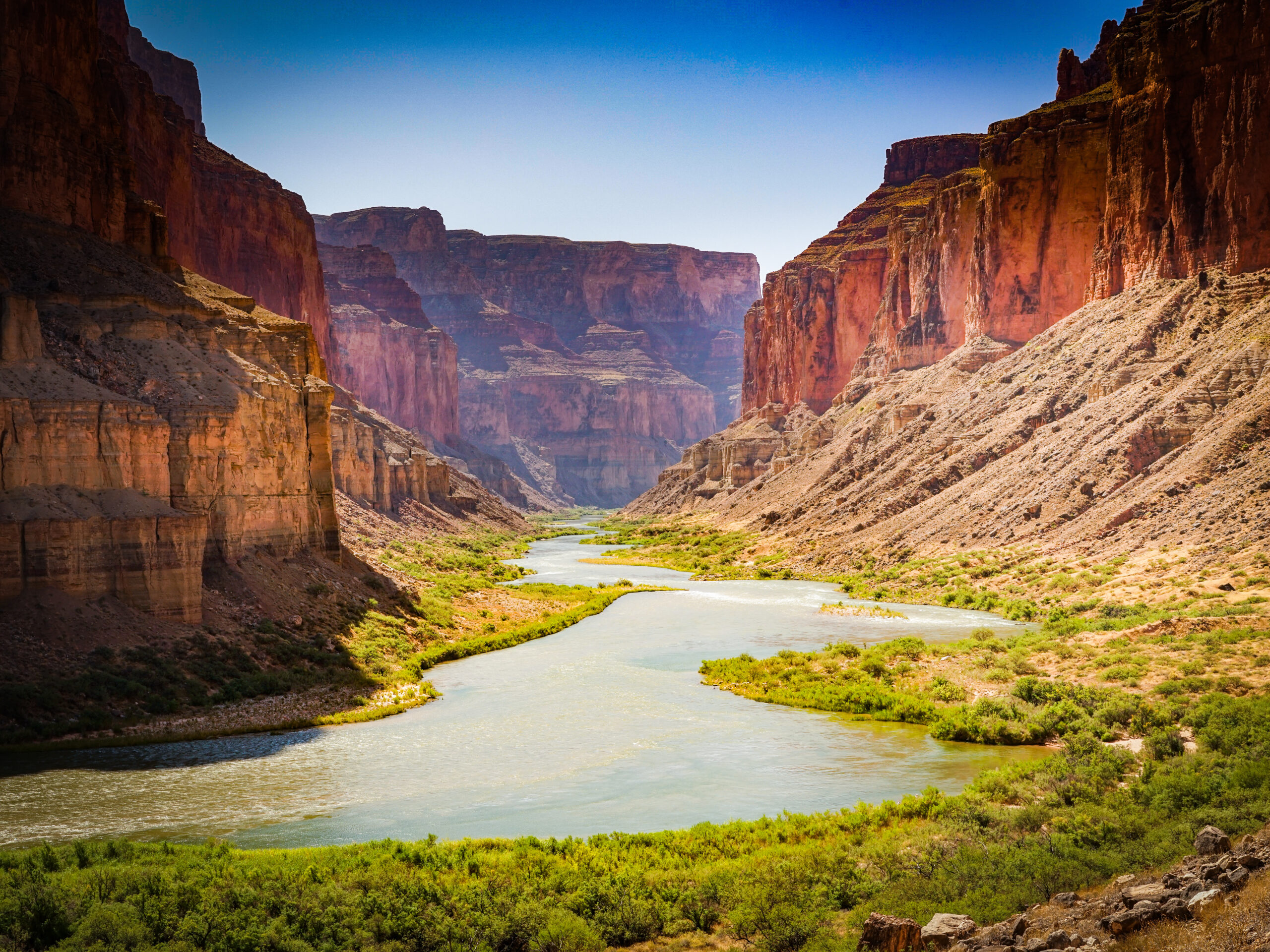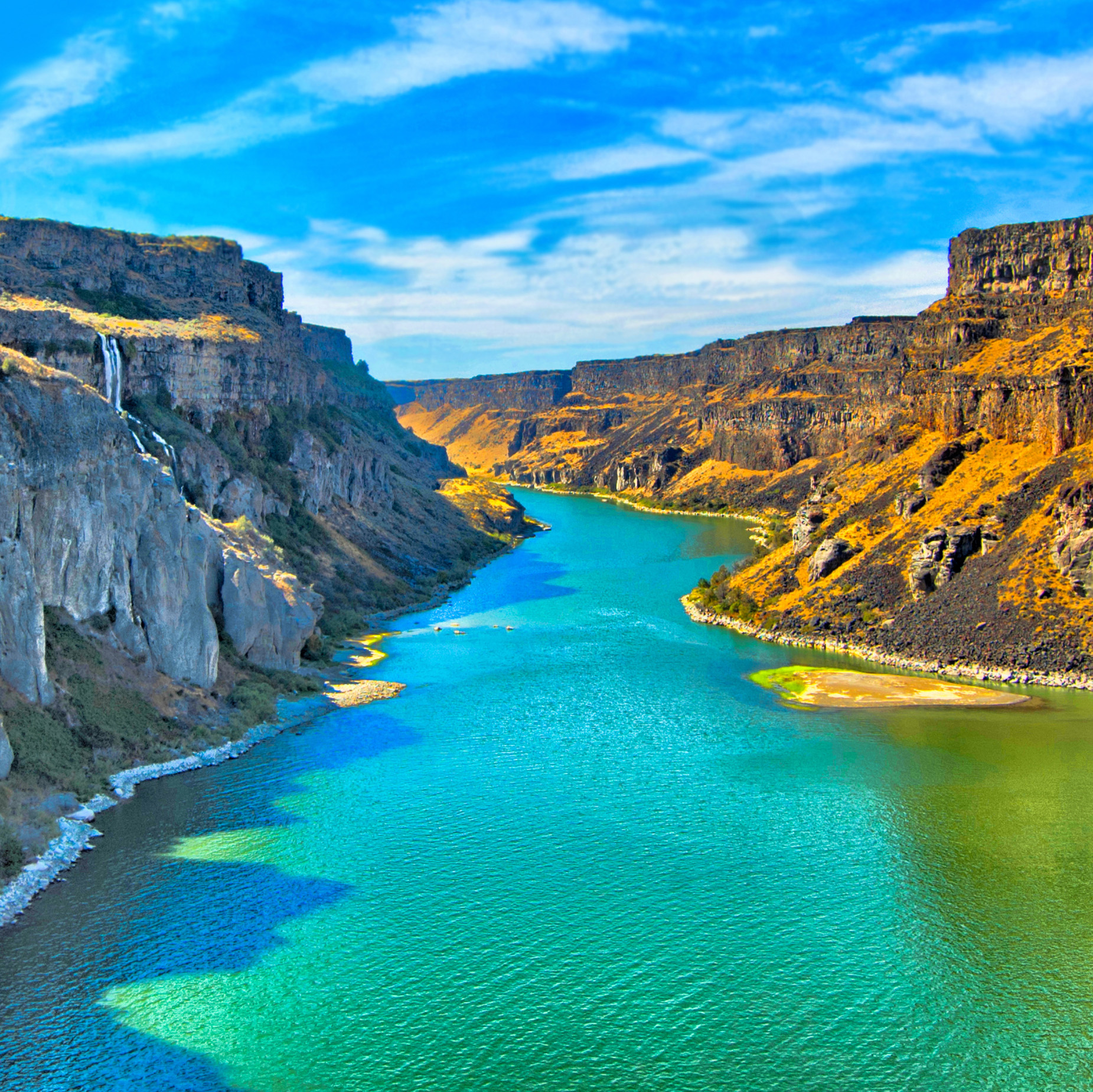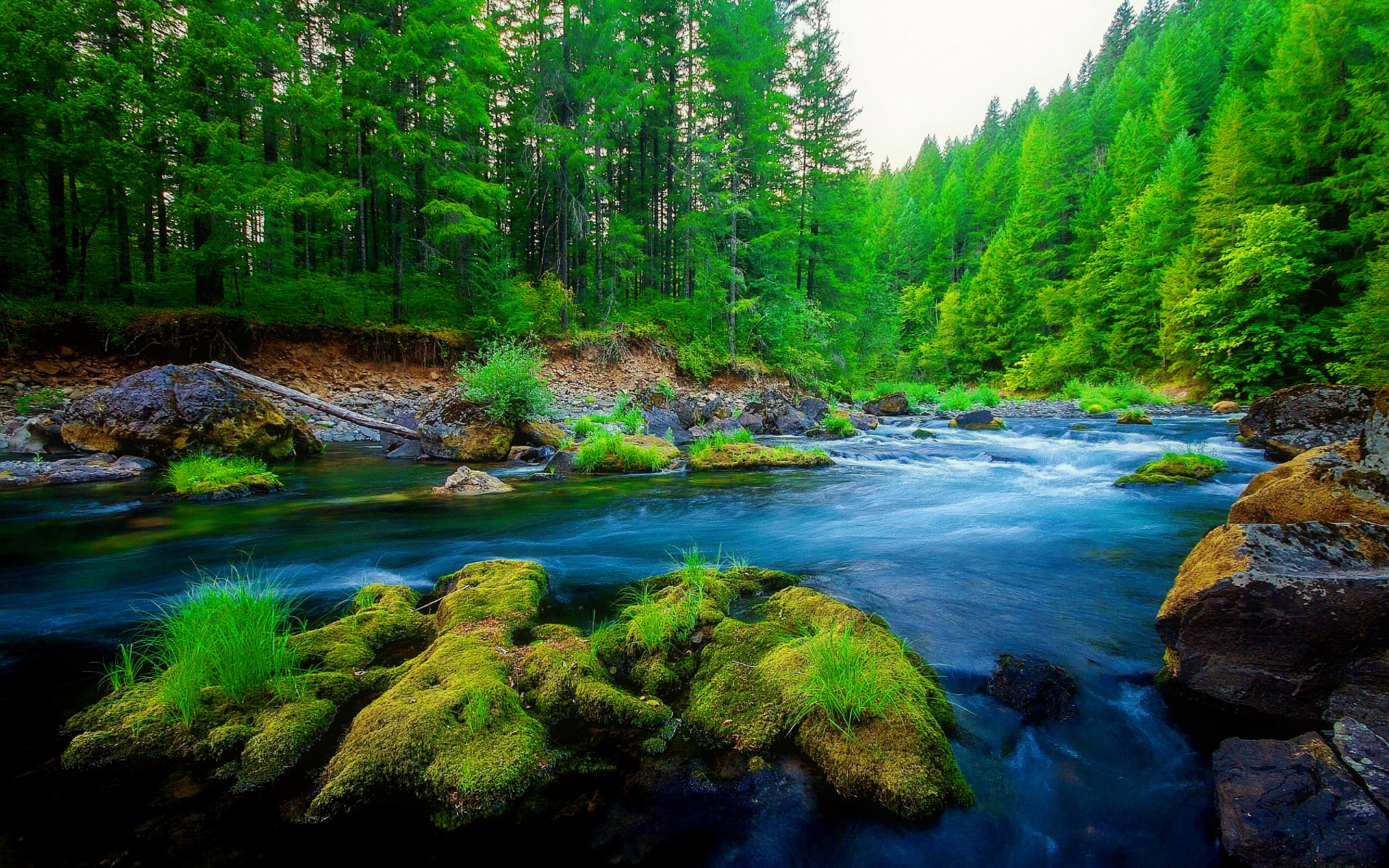Sometimes, a name can invite us to think a little differently, to consider concepts that run deeper than what we first see. "River Russell Deary" is, in a way, such an invitation. It asks us to look closely at how things move, how they connect, and the gentle yet powerful influences that shape our world. It's almost like a quiet prompt to notice the currents that are always at play around us.
We often focus on the grand, visible aspects of life, yet truly profound ideas often come from paying attention to the less obvious paths, the subtle flows that sculpt our surroundings, or the systems that operate out of plain sight. This exploration of "River Russell Deary" aims to shed some light on those frequently overlooked elements, offering a fresh perspective on how everything fits together.
Think for a moment about how natural forces, human actions, and even the way we make things, all intertwine in a constant dance. This discussion will touch upon how these different parts, perhaps like the steady push of a river or the quiet hum of a busy workshop, each contribute to a much larger, more intricate picture, you know, one that is always unfolding.
Table of Contents
- Biography of River Russell Deary - A Conceptual Look
- How Do We Measure the Reach of River Russell Deary?
- Can We Cross the Currents of River Russell Deary?
- What Shapes the Banks of River Russell Deary?
- The Power Within River Russell Deary
- The Ripple Effect of River Russell Deary
- The Flow of Creation and River Russell Deary
- What Lessons Can We Learn from River Russell Deary?
Biography of River Russell Deary - A Conceptual Look
It's important to clarify that "River Russell Deary" is not being presented here as a person with a traditional life story, complete with birth dates or specific personal achievements. There isn't any direct personal information available to build such a detailed account. Instead, we are looking at "River Russell Deary" as a way of thinking, a conceptual framework that helps us explore broader ideas related to natural systems, human endeavors, and their interconnectedness. It's more about the ideas it represents than a specific individual, you know, a sort of guiding thought.
The name itself can be broken down to give us clues about this conceptual idea. The "River" part, quite simply, brings to mind the natural flow of water, constant movement, and the very source of life for many ecosystems. It suggests a continuous motion, a journey from one point to another, often shaping the land around it. This part, arguably, speaks to the dynamic nature of existence.
Then we have "Russell." This element might bring to mind a collection of items, a grouping, or perhaps a system of related parts. It hints at how different elements come together, forming a whole that is greater than the sum of its individual pieces. It's about the interconnectedness, the way various components work in concert, like a well-organized set of ideas or a network of interacting forces, as a matter of fact.
Finally, "Deary" adds a layer of warmth and value. It suggests something cherished, something that holds importance, or perhaps something that requires a gentle, thoughtful approach. This part of the concept reminds us of the things we ought to protect, to care for, and to appreciate in our world. It speaks to the preciousness of natural resources and the need for mindful interaction with them, essentially, how we treat what we hold dear.
So, when we speak of the "biography" of "River Russell Deary," we are talking about the story of these combined ideas: the steady flow of natural systems, the intricate connections within those systems, and the inherent value they possess. It's a story told through the lens of how we interact with our environment and the processes that shape our shared experience, basically, a narrative of influence and care.
| Conceptual Element | Meaning within "River Russell Deary" |
| Concept: River | Natural flow, continuous movement, life-giving source, dynamic processes |
| Concept: Russell | Collection, system, interconnectedness, a grouping of related ideas or forces |
| Concept: Deary | Cherished, valued, something needing care and appreciation, preciousness |
| Origin | A conceptual framework for exploring broader themes of flow, impact, and connection |
| Defining Aspect | The interplay of natural and human systems, and our relationship with them |
How Do We Measure the Reach of River Russell Deary?
When we think about something as vast and ever-moving as a river, one of the first things we might try to do is grasp its size, its sheer presence. We often attempt to put numbers to natural phenomena to get a sense of their scale. For instance, consider the long stretches of rivers on the South Island of New Zealand that empty into the Tasman Sea; their measured lengths give us a concrete idea of how far they travel. This numerical approach, you know, helps us to understand the physical expanse of a waterway.
This act of measuring, of quantifying the stretch of a waterway, helps us understand its influence. It's like trying to understand the full spread of "River Russell Deary" by looking at its "lengths" or its "reach" in various situations. Even without a person to measure, the concept itself can be seen as having a presence that extends far and wide, touching many different aspects of life. The numbers, while helpful, are just one way of seeing things.
The lengths, expressed in units like kilometers, offer a snapshot, a single piece of information about the river's physical journey. But, as a matter of fact, they don't tell the whole story of the river's life, its history, or its impact on the surrounding land and living things. They are a starting point, a way to begin to comprehend the scope of something as grand as a major river system, or indeed, the wide-ranging influence of the "River Russell Deary" concept.
So, while we can't measure the "length" of a conceptual idea in kilometers, we can certainly think about how its influence spreads, how far its ripples travel. This idea of measurement, of trying to grasp the extent of something, is quite important when considering the broader impact of any system, whether it's a natural river or the abstract "River Russell Deary." It helps us to appreciate the true scale of what we are dealing with, too.
Can We Cross the Currents of River Russell Deary?
Imagine someone standing on one side of a river, wanting to get to a specific point on the opposite bank. This isn't just about covering a distance; it's about facing the moving water, the current that pushes against you. There's a set distance from point A to point C, say 200 meters, and then another distance from point C to point B, perhaps 150 meters. The speed of the water's flow, the "current," plays a very real role in how that crossing goes, you know.
This scenario gives us a good way to think about facing challenges, about movement, and about finding one's way. It's like, in a way, trying to move through a system or a situation that has its own momentum, its own direction. The strength of the "current" of "River Russell Deary," the distances involved, these are all elements that influence the journey across. It's not always a straight shot; you have to account for the forces at play.
The speed of the river's flow, how fast the water moves, is a crucial piece of information for anyone attempting such a feat. It helps them plan, to understand what they are up against. This can be a very helpful metaphor for finding your way through tricky situations, where understanding the underlying "flow" or the "current" of "River Russell Deary" is quite important for reaching your goal. It's about knowing the forces that might push you off course.
So, the question of whether we can "cross the currents" of "River Russell Deary" speaks to our ability to face and overcome obstacles that have their own natural momentum. It requires careful thought, an awareness of the forces that might try to pull us in a different direction, and a clear idea of where we want to land. It's about the effort and strategy involved in moving through any dynamic system, basically, a kind of thoughtful progress.
What Shapes the Banks of River Russell Deary?
Rivers don't just flow in a straight line; their paths are shaped by many things. This section explores how external forces, both those from nature and those made by people, influence the "shape" of things, much like how a river's banks are formed. Think about how the earth itself can shift, perhaps from a nearby explosion or a natural tremor. These events can dramatically alter the landscape, creating new paths or changing existing ones, you know, quite suddenly.
Then there are the ways human actions play a part. Consider the failure to update safety systems on a property that later gets damaged. This isn't a natural event, but a human oversight that leads to a very real consequence. It shows how our choices, or lack thereof, can leave a lasting mark, shaping the "banks" of our experiences or the systems we interact with. It's a reminder that neglecting upkeep can have significant effects, sometimes unexpectedly.
Sometimes, too, it's about choices we make on purpose, like an intentional home remodel project that causes property damage. This is a deliberate act that changes things, and those changes, even if planned, can have unintended side effects. These actions, whether they happen by chance or are done on purpose, have consequences that define the "boundaries" or the "form" of "River Russell Deary," showing how everything is connected.
This highlights the idea that nothing truly exists in isolation. Everything is affected by its surroundings, by past events, and by the actions of those involved. The "banks" of "River Russell Deary" are constantly being reshaped by these forces, reminding us that the world is a place of constant change and interaction, where every action, basically, leaves some kind of mark.
The Power Within River Russell Deary
Rivers, in their steady movement, hold a tremendous amount of energy. This energy comes from the water flowing from higher places down to lower ones, a constant process that shapes landscapes and provides power. Consider a river moving towards a lake at a certain speed, carrying a large volume of water. That movement represents a kind of mechanical energy, a force that can be measured and understood. It's quite remarkable, actually, how much force is contained in moving water.
The speed of the water's flow, along with the sheer amount of water passing by each second, all contribute to this unseen force. This can be likened to the inherent power or the potential stored within the concept of "River Russell Deary." It represents the energy that drives various systems, whether they are natural, like a flowing river, or industrial, like a power plant. It's about the force that makes things happen, the unseen engine behind many processes.
Even when a plant discharges energy, as the text mentions, it shows how systems release their stored power. This is much like a river's flow, which can be harnessed for different purposes, or simply allowed to follow its natural course, creating its own powerful effects. It's about understanding that every system, whether it's a natural waterway or a human-made facility, contains and releases energy in various ways, you know, constantly.
So, the power within "River Russell Deary" speaks to the dynamic force that moves things along, that causes change, and that has the potential to do work. It's a reminder that even seemingly calm systems can hold significant energy, waiting to be expressed or utilized. This concept encourages us to look beyond the surface and recognize the driving forces that shape our world, basically, the energy that fuels everything.
The Ripple Effect of River Russell Deary
Actions often have consequences that spread far beyond their immediate point of origin, much like ripples expanding across a pond. This section focuses on these broader impacts, especially those that weren't planned or expected. Think about a manufacturing facility, perhaps one making electric cars, that releases waste material into a nearby waterway. This act, while perhaps convenient for the facility, creates a direct problem for those living downstream, you know, a very real issue.
People living along the river, further away from the factory, experience a negative consequence that they didn't cause and didn't anticipate. This is what we might call a "negative externality"—an impact on a third party who wasn't involved in the original action or decision. It clearly illustrates how actions related to "River Russell Deary," or any system, can spread outwards, affecting others in ways that might not be immediately obvious at first glance.
This situation speaks to the deep interconnectedness of systems. What happens in one part of a river system, or indeed, any connected network, can have far-reaching effects on other parts. It highlights the responsibility we hold for the wider impact of our choices, especially when those choices involve shared resources like a river. It's a powerful reminder that our actions, even small ones, can create ripples that affect many, basically, a chain reaction.
The concept of "River Russell Deary" here brings to mind the idea that every action, every discharge, every flow, has an effect that travels. It's not just about the immediate consequences, but about the extended reach of those actions, and the need to consider the well-being of all who might be touched by them. This perspective encourages a more thoughtful approach to how we interact with our environment and with each other, too, as a matter of fact.



